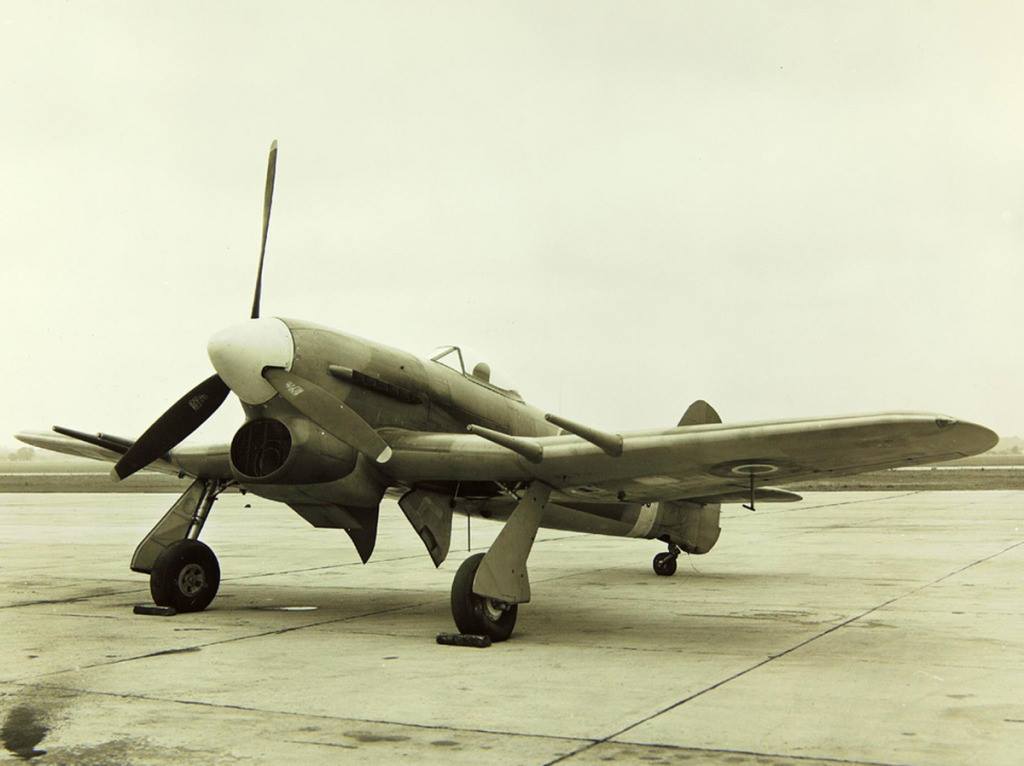
On October, 29 2016 the Hawker Typhoon Preservation Group publicly launched the exciting project to restore the Hawker Typhoon Mk.1b RB396. The goal is to have the aircraft to airworthy condition in time for the D-Day 80th anniversary in 2024. The event featured three guests of honor, wartime Typhoon pilots Flt Lt David Ince DFC, Flt Lt Derek Lovell and Flt Lt George Wood and was held before an audience of over 150 media representatives and supporters at the Boultbee Flight Academy Hangar, Goodwood Aerodrome.
The Hawker Typhoon Preservation Group aims to restore a Napier Sabre powered Hawker Typhoon Mk.1b aircraft to flying condition using the substantial remains of serial number RB396, and demonstrate the aircraft to the public as a living memorial to the Typhoon crews who flew in support of Allied air operations during the invasion of occupied Europe. RB396 was one of 3,317 Typhoons manufactured during the early 1940s. The aircraft saw combat with No. 121 Wing of the Second Tactical Air Force’s No. 83 Group, and survived a forced landing on 1 April 1945. This airframe will form the basis for a major restoration project, which will be carried out by professional organizations and individuals across the UK. Once complete, this will be the world’s only airworthy example of the Typhoon.The Hawker Typhoon Preservation Group also plans to establish a heritage center and memorial to help educate the public in the importance of the Typhoon’s wartime role, telling the story of the aircraft and its crews for the benefit of British heritage, remembrance and historical knowledge. Plans are now afoot to find a suitable base for the aircraft and heritage centre to enable the public to see the project unfold at close quarters.
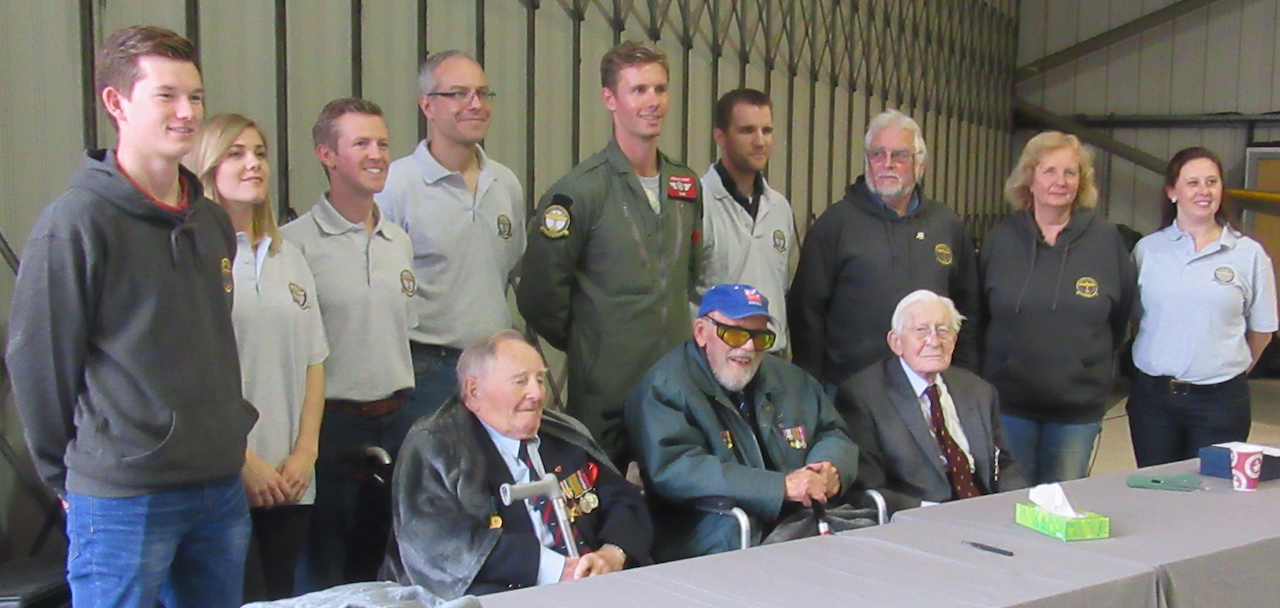
Project founder and trustee Dave Robinson has been working on returning a Typhoon to flight since 1999, and the October’s launch was the culmination of his steadfast dedication and perseverance to the cause. His fellow founding trustees Jonathan Edwards and Sam Worthington-Leese joined the project in more recent years and the team has taken the significant step of registering the Hawker Typhoon Preservation Group as a charity (no. 1167143) to support future restoration work. All three founding trustees are running the project on a voluntary basis.
The restoration of Typhoon RB396 is a particularly personal affair for aviator Sam Worthington-Leese, whose grandfather, Pilot Officer R.G. Worthington, flew Typhoons in combat during World War Two. P/O Worthington flew his last operational mission from RAF Westhampnett (now Goodwood Aerodrome) in West Sussex and was downed by enemy fire over Europe. He was later captured and imprisoned at Stalag Luft III PoW camp until the war’s end.Surviving parts of P/O Worthington’s Typhoon will be included within the restoration, and it is Sam’s ambition to fly the restored Typhoon from Goodwood on the anniversary of his grandfather’s last flight, bringing a very personal story of cross-generational remembrance full circle in the most fitting and poignant manner imaginable.
The project is estimated to cost in the region of £4-6 million and will be funded by public support, donations and sponsorship. Project membership and donation options are now available online, and a range of merchandise is available online and at future British airshows. The Preservation Group hopes to have the Typhoon flying by 2024, to coincide with the D-Day 80th anniversary commemorations.Dave Robinson, project founder and trustee, said: “There can be no doubt that the Typhoon was instrumental in accelerating the Allied victory in Europe. We can only speculate on how many thousands of lives were saved by the bravery of Typhoon pilots and the dedication of their ground crews. Yet ,the Typhoon’s role in the vital latter stages of World War Two is largely overlooked by the history books and the aircraft has slipped from the public conscience over the last 70 years. The aim of the project is to share the rich history of this aircraft with a wider audience and it was inspiring to see so many people, both young and old, supporting the project at our launch event. Thank you to all of those who attended and those who worked so hard to organize this special day.”
For more information and to keep up to date with the project, visit the official website at www.hawkertyphoon.com. The Hawker Typhoon Preservation Group also has a strong social media presence – visit them at Facebook , Twitter and YouTube.








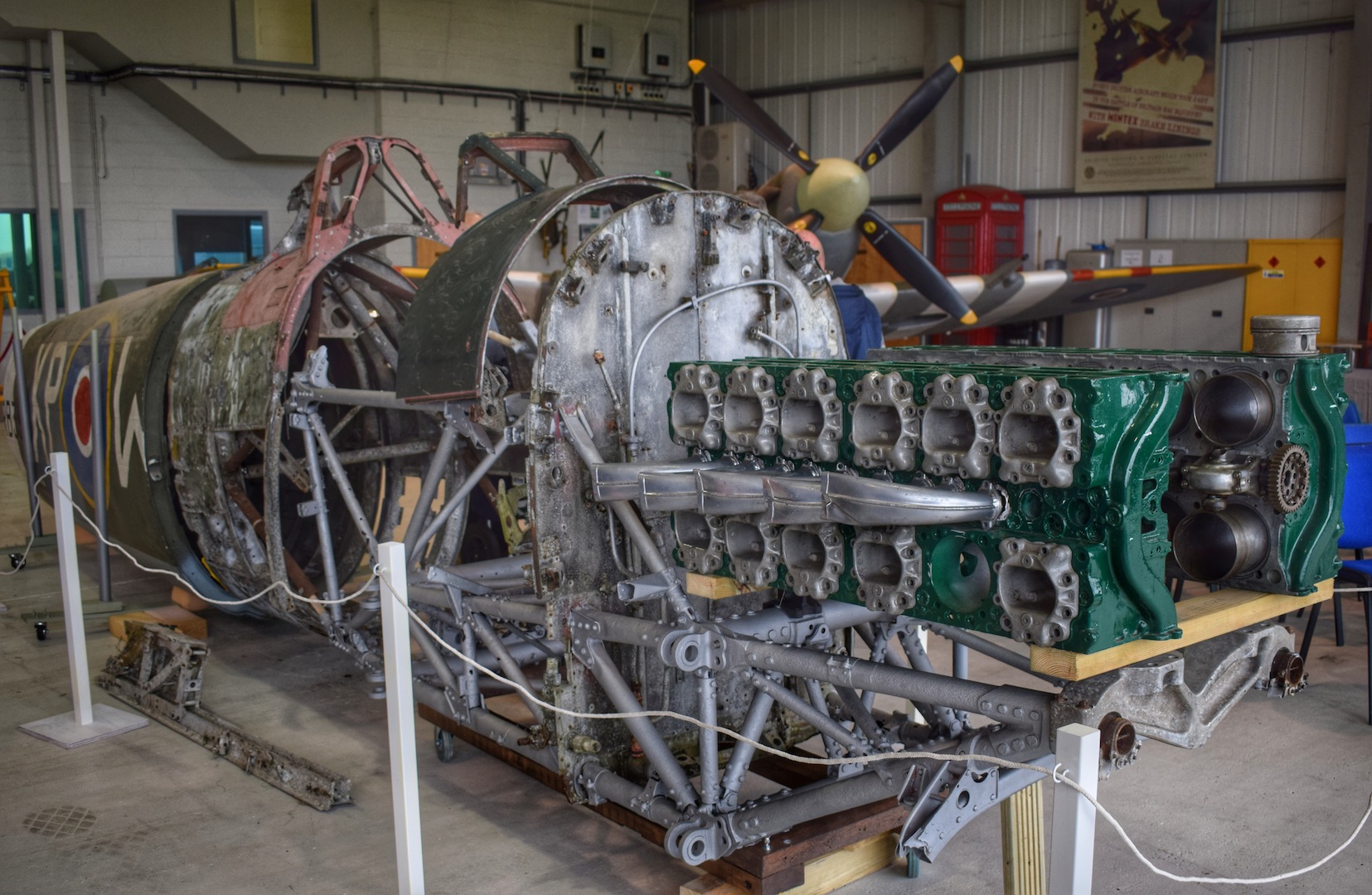
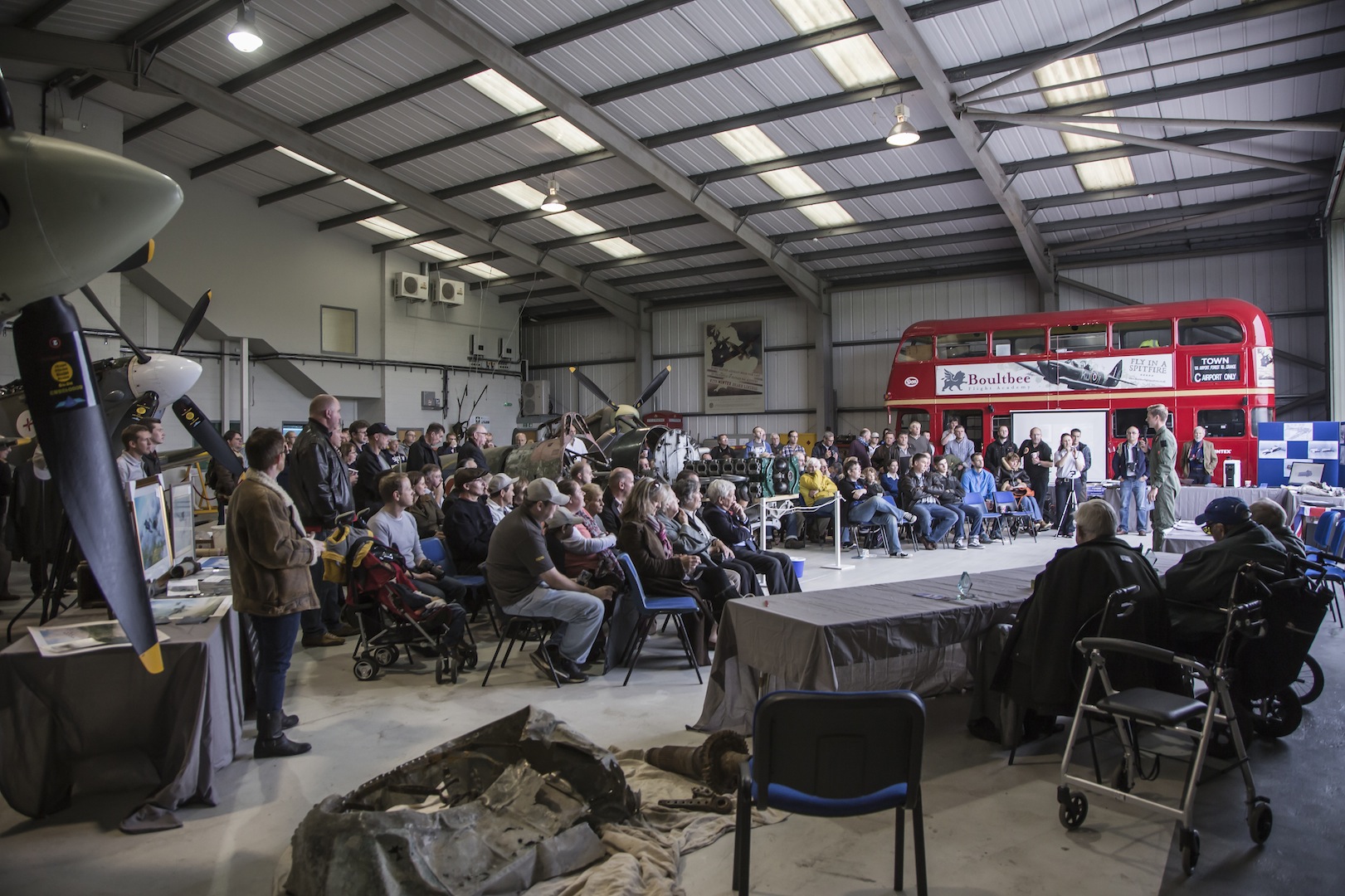


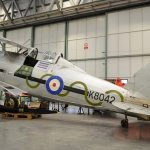
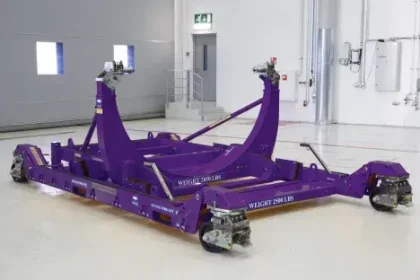
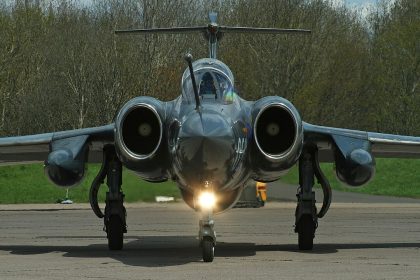
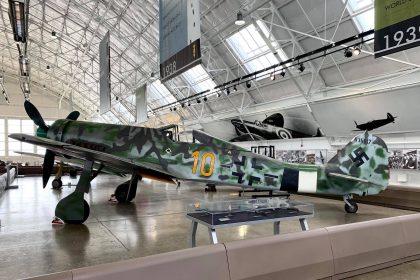
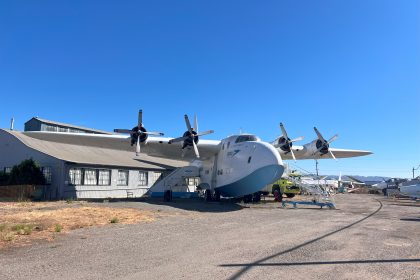


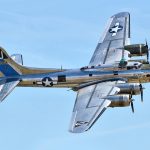
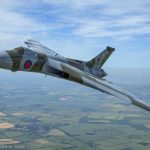
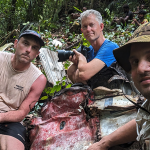
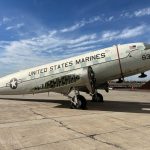



Wonderful project, I wish you every success. The Hawker aircraft from the war years are the most magnificent aircraft.
Although I cannot work on the real thing I have built many scale models of them.
Every time I have been to Hendon, it is the Typhoon that above all others, impresses me the most. In it can be seen a major step forward from the Hurricane and the way forward to both Tempest and Fury. Footage of Typhoons carrying out ground attack missions is simply breath taking as is the importance of its operational career in general.
This project will bring an iconic and important piece of history to life for the youth of today to begin to understand those that gave their tommorrows for us today. A truly remarkable endeavour indeed!
On an engineering note, how will the team deal with the notorious weak rear fuselage that cost so many their lives during the war?
The fuselage wasn’t actually week. It was a bracket on a remote counter-balance weight for the elevators. The bracket was under-built and also had the inherent problem of lash due to being operated by a pushrod and bellcrank system. When this broke due to fatigue, the unbalanced elevators would flutter, leading very quickly to catastrophic failure of the tail section.
Later on the counter-weights were moved to the more conventional position of the leading edge of the elevators. If I remember right, at about the same time (when they switched to 4 bladed propellers) the horizontal tail planes were switched over to the slightly larger ones from the Tempest.
So long at the restorers incorporate the same modifications to their Typhoon, this problem should be prevented.
I’ve never heard of this failure on a late model Typhoon or a Tempest, even though the Tempest deleted the “fishplate” reinforcements that were put on the Typhoon when this problem first started occurring.
Francis K. Mason wrote a great book that covers this topic in detail.
During the war, my dad, Samuel Livingston, was a timekeeper in the Napier factory on the East Lancashire Road, Liverpool – the place where the Sabre engine was developed and built. I feel proud that he was connected with such an important and useful component which eventually helped to win the war. Sadly he didn’t survive the war – he caught bronchitis, and died a few weeks later from a coronary heart attack on 22 Mar 1945. In WW1 he was a gunner in the Royal Garrison Artillery regiment and spent three years in Salonika.